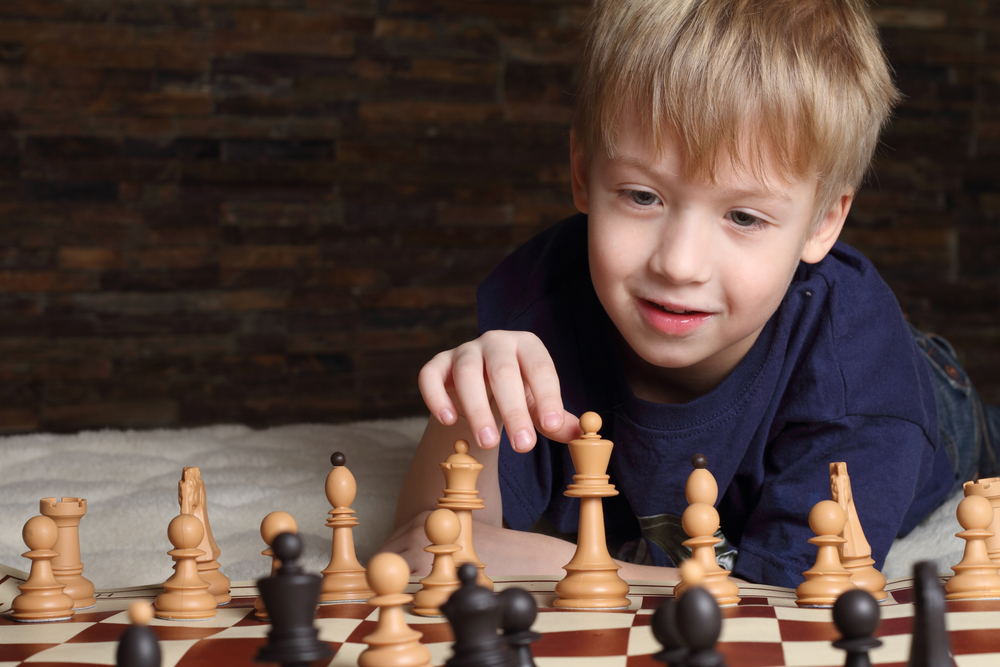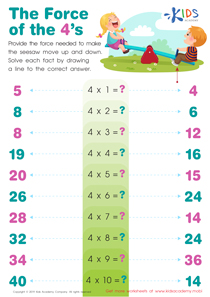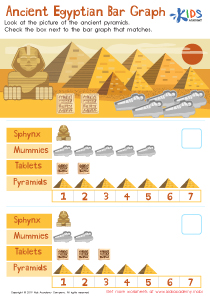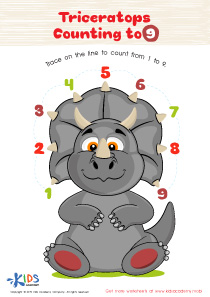Comparing numbers Easy Math Worksheets for Ages 6-9
3 filtered results
-
From - To
Discover a fun and engaging way for your child to master comparing numbers with our Easy Math Worksheets for ages 6-9! Designed specifically for young learners, these worksheets provide a variety of exercises that help children understand the concepts of greater than, less than, and equal to. Each worksheet is colorful and interactive, encouraging students to develop their critical thinking and math skills in a stress-free environment. With clear instructions and increasing levels of difficulty, your child will build confidence as they practice comparing numbers. Download and print these worksheets to make learning math enjoyable and effective at home!
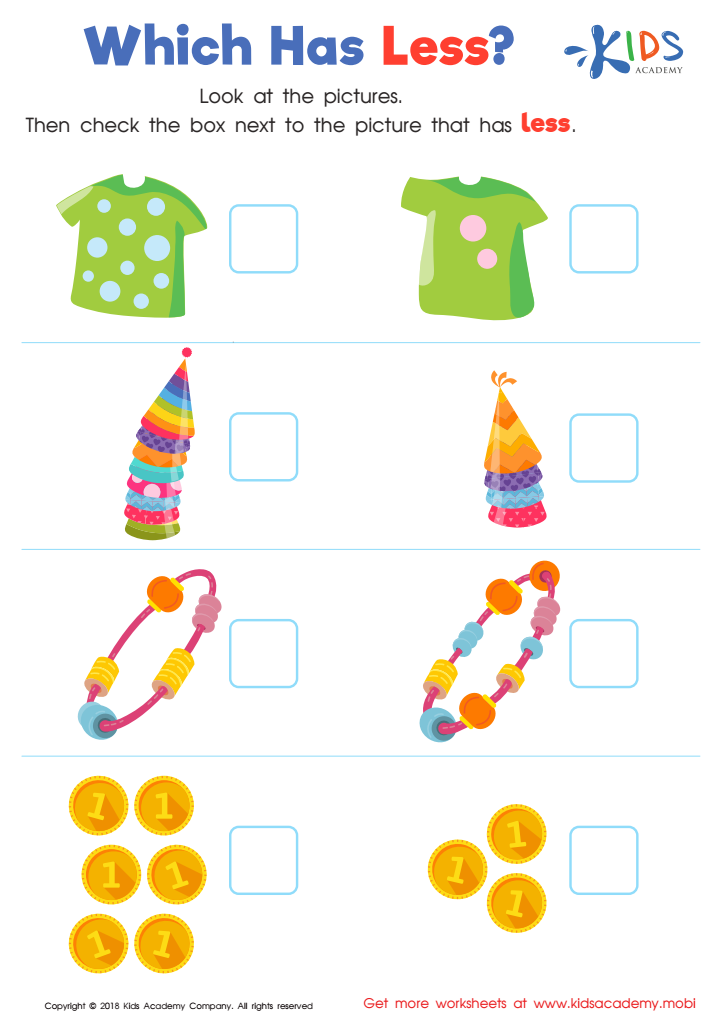

Which Has Less? Worksheet
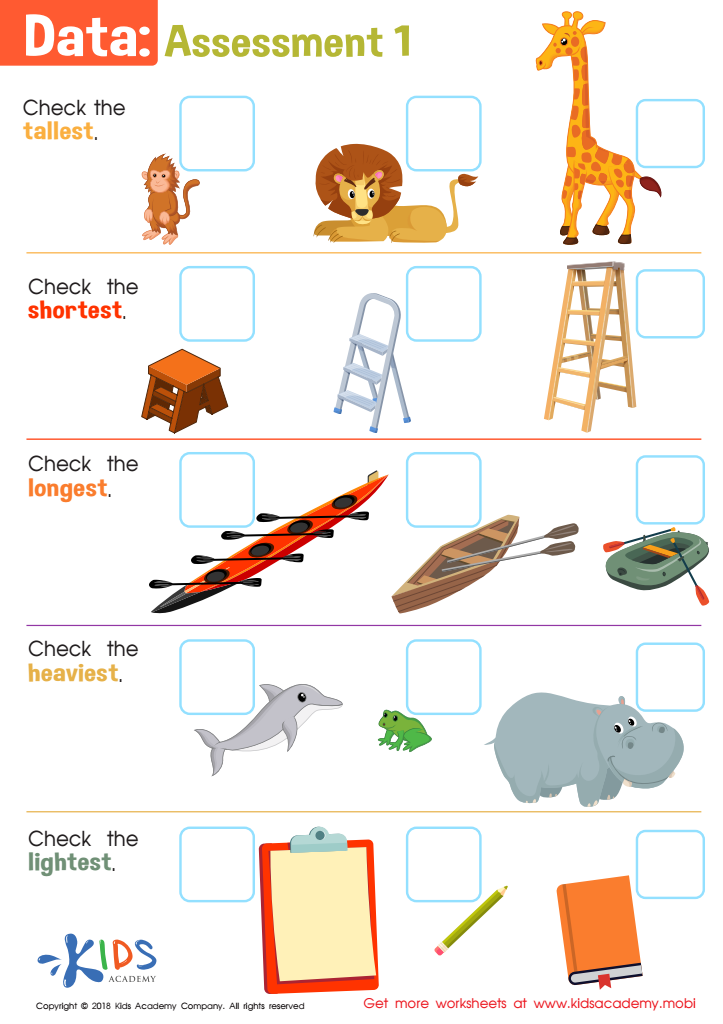

Data: Assessment 1 Worksheet
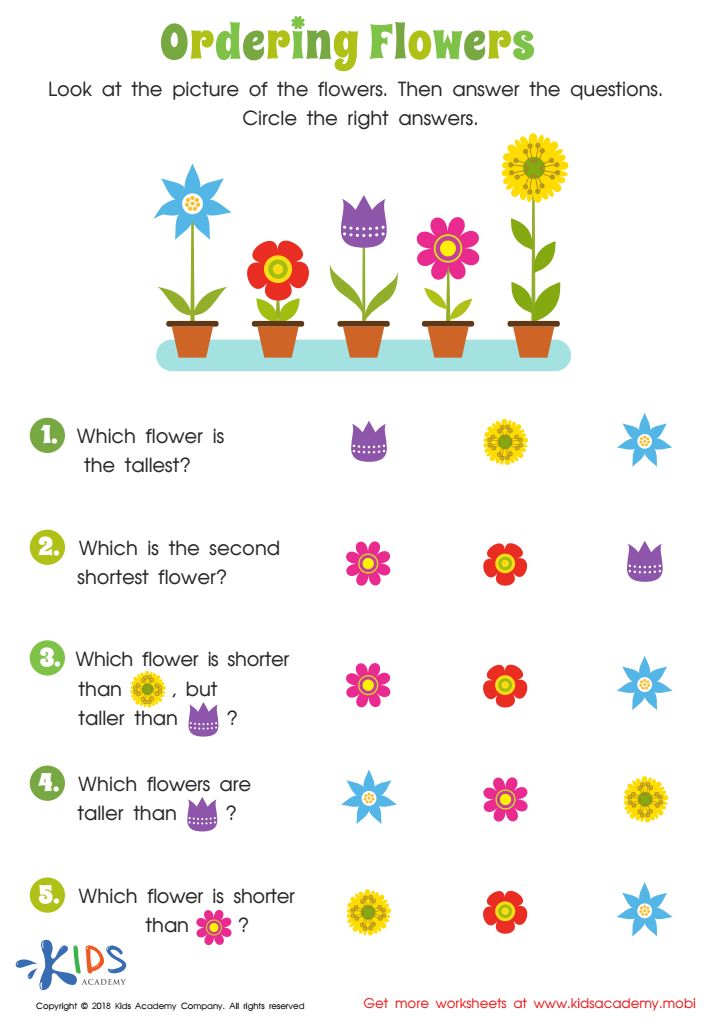

Ordering Flowers Worksheet
Comparing numbers is a fundamental skill that lays the groundwork for a child's mathematical understanding. For children aged 6-9, mastering this concept goes beyond simple arithmetic; it fosters critical thinking and problem-solving abilities. When parents and teachers prioritize this skill, they help children develop a strong number sense, making it easier for them to understand more complex mathematical ideas in the future.
Understanding comparisons—greater than, less than, and equal to—uses visual and tangible methods that engage young learners. This can be applied through everyday activities such as sharing snacks, counting toys, or using number lines. Such practical applications make math relatable and enjoyable, encouraging a positive attitude towards the subject.
Moreover, these skills support early numeracy concepts crucial for success in later educational stages. As children compare numbers, they learn to recognize patterns and utilize strategies that build their confidence. In turn, these attributes become beneficial beyond math, aiding in decision-making and analytical skills across various life scenarios. By investing time in teaching children to compare numbers, parents and teachers help cultivate a strong mathematical foundation, facilitating lifelong learning and adaptability in a numerically driven world.

 Assign to My Students
Assign to My Students





